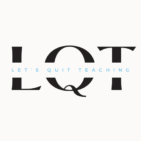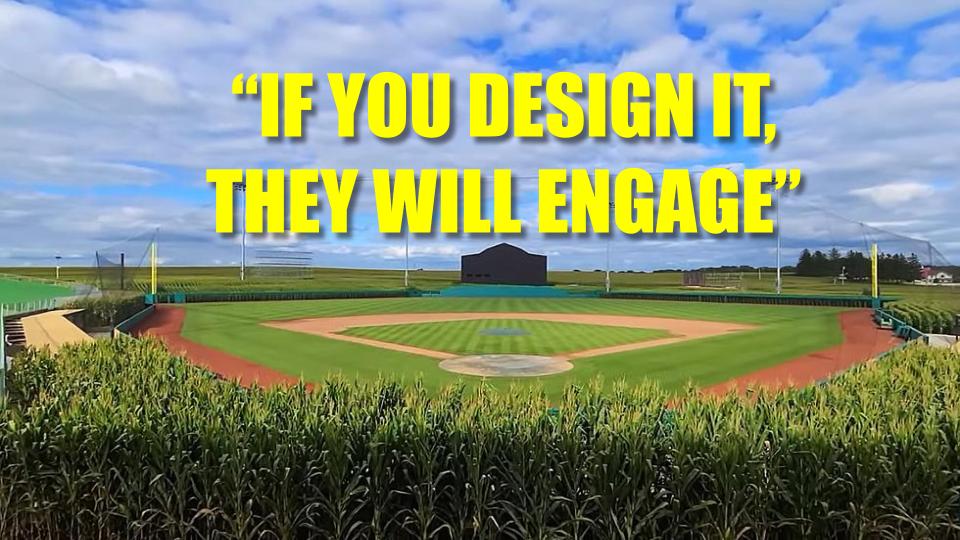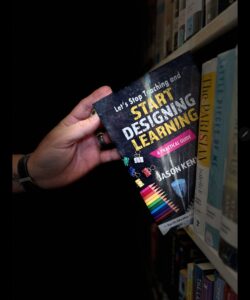The constant pursuit of achievement in schools often puts educators under immense pressure. We go to great lengths—teaching, assessing, analyzing data, adjusting instruction, and providing interventions—to secure the desired gains from our students. The celebrations when it happens are euphoric, but the defeats when it doesn’t are disheartening. Amidst pandemic impacts, home support challenges, and varied motivations, we grapple with the elusive goal of achievement. However, what if I told you that achievement might be better viewed as a byproduct of something more fundamental: engagement.
Let’s be clear upfront—engagement is not synonymous with entertainment. While entertainment may momentarily capture learners’ attention, true engagement goes beyond that. It’s not merely about how closely students pay attention but how deeply they interact with new information in a task. This distinction becomes crucial because even with dynamic educators and captivating lectures, the achievement needle may not budge significantly. Yes, it aids in conveying content knowledge, but it doesn’t necessarily translate into the desired learning and achievement.
The confusion between engagement and entertainment can lead us to prioritize fun over facts in the classroom. I once witnessed a middle school activity where students were enthusiastically placing colorful beads on pipe cleaners to represent DNA sequencing. The room was alive with activity, but when I asked students about what they were learning, none could make the connection. The disconnect between the engaging activity and the learning goals was evident. Similar pitfalls exist in other projects where creative elements overshadow the learning objectives, resulting in a detrimental effect on achievement.
Focusing on the end product rather than the intended learning can lead to a loss of learning potential, as indicated by research highlighting the negative impact of seductive details in such projects. Simply put, achievement won’t thrive by emphasizing projects designed for entertainment or by attributing students’ intellect as the sole barrier. Every student is capable of learning, but this belief must be ingrained before any achievement can occur. School isn’t about uncovering what students can’t do; it’s about discovering what they can achieve with the tools we provide.
Achievement hinges on engagement—a deep, active interaction with tasks that produce tangible evidence of learning. To foster increased engagement and achievement, we must scrutinize the tasks we present to learners. Designing tasks that facilitate high-level engagement is our responsibility. Fortunately, there are evidence-backed approaches to task design that promote meaningful engagement and, consequently, achievement.
The following qualities are what the book, 17,000 Class Visits Can’t Be Wrong by Antonelli and Garver found to be most effective to include in the tasks we design for learners in order to produce engagement. I have included questions we can ask ourselves about a task to ensure the quality is included in the design.
- Clarity– Learners know what the goal for learning is, and what success looks like. Do learners know the learning target and success criteria associated with this task for learning?
- Safety- Learners feel good about taking risks, making mistakes, and having different answers during learning. How can the classroom culture and learner interaction expectations be tailored to make learners feel safe to take risks and make mistakes during the learning task?
- Sense of Audience- Learners know who will be observing their learning. Who will be a valued audience for the product of this learning task?
- Collaboration- Learners have opportunities to share, learn and work with other learners. How will learners share ideas, explain, evaluate, reflect and revise together during the learning task?
- Choice- Learners have choices in how to collect information and/or demonstrate their learning. Are there multiple ways learners can choose to demonstrate their learning in the task?
- Personal Response- Learners can react with individual thoughts in learning. Can learners bring their own life experiences and individual ideas into their responses in the learning task?
- Novelty- Learners’ curiosity is engaged through the process and products of learning because they are seen as new or unique. How can the learning task be designed to be fun, strange, out-of-the-box to get learners excited?
- Authenticity- Learners see the relevance and real world purpose behind the learning. How can the learning task be designed to incorporate real-world and meaningful connections?
You may be reading this list and thinking, That is a LOT to include in a task for the classroom! Here’s the beautiful thing about this evidence. The findings concluded that incorporating 3 out of these 8 qualities into a learning task resulted in 86% sustained engagement in the learning. The first two on the list (Clarity and Safety) can easily be included (and should be included) into every single day in every classroom regardless of the grade level or content. The other qualities can be designed into a variety of tasks for all types of learning.
Learners achieve in what they engage with, and that engagement begins with what we ask of them in the classroom. We could blame the kids for not being motivated enough to engage with what we currently give them. I could continue eating at the same restaurant that continually serves me bland food that I don’t find appetizing. But, I don’t want to. If we really want achievement, we have to serve something worth engaging with. If we design it, they will come. They will engage. They will achieve.


